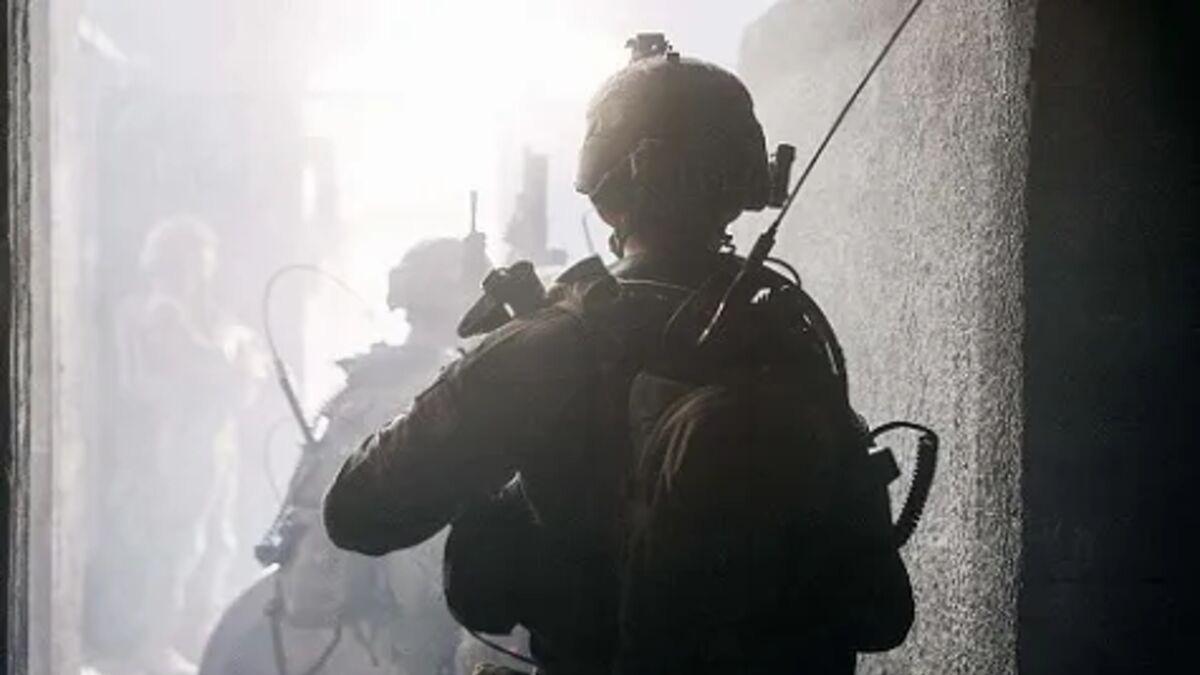IDF applies Stage 3 of its war plan to Khan Yunis

While most of Gaza will now be subject to targeted military raids, Hamas in Rafah must still be disbanded in a large-scale ground operation.
Sunday’s withdrawal by the Israel Defense Forces of its 98th Division from Khan Yunis in southern Gaza met with a variety of responses in Israel.
From a military-operational perspective, the division had completed its core mission in Khan Yunis, where the IDF has been operating since December 5. Hamas’s Khan Yunis Brigade—a key part of its jihadist terrorist army—has been destroyed as an organized fighting force.
The next step from a strictly operational standpoint should have been to send the division, after injecting it with many additional brigades and combat teams, into Rafah, to destroy Hamas’s remaining four battalions, along with the many terrorists who fled from central and northern Gaza to this final Hamas stronghold.
However, a combination of heavy American pressure and an Israeli desire to give one more chance to hostage negotiations underway in Cairo led the War Cabinet to hit the “pause” button on Rafah.
Left with nowhere to advance, the division withdrew back into Israel, leaving a combat team led by the Nahal Brigade, under the 162nd Division, to secure the Netzarim Corridor, which divides northern Gaza from its south, and preserve the IDF’s freedom of action.
As such, the IDF’s decision to leave Khan Yunis was unrelated to any external pressure, but the decision not to enter Rafah is a departure from operational logic, and is the result of broader calculations by the War Cabinet.
The 98th Division, meanwhile, is recuperating and preparing for future operations—which there will surely be.
Independently of the fierce debate raging in Israel over these developments, it is important to stress that 19 out of Hamas’s 24 territorial battalions have ceased to exist (four remain in Rafah, and one partially functions in central Gaza), meaning that the majority of Hamas’s terrorist army, as an organized force, no longer functions.
What exists in Gaza now is the remnants of this jihadist army, operating as cells, evolving as guerilla terrorists, cut off from the “head”—Hamas’s leadership in Rafah’s tunnels, where the remaining Israeli hostages are also likely being held by Yahya Sinwar, Hamas’s leader, and his inner circle.
From the beginning of the war, the IDF said it would conduct the campaign in three distinct stages, with the first being the intensive waves of airstrikes that began in the days after the Oct. 7 mass murder attack by Hamas, the second being the large-scale ground war, launched on Oct. 27, and the third being targeted operations. These last were to occur as part of a “new normal” of continuous security missions, in which smaller IDF forces, acting on precise intelligence, enter Gaza and destroy attempts by Hamas to regroup, and exit.
IDF units can do this either from the Israeli border area, which today includes a one-kilometer buffer zone within Gaza, where Israeli forces operate and which is not far from Khan Yunis, or from the Netzarim Corridor.
Much of Gaza City further north has been under the third-stage operational pattern for months. The most high-profile example of this has been the two-week raid by a relatively small IDF force on Shifa Hospital—a raid that stunned Hamas and Palestinian Islamic Jihad terrorists, who did not believe the IDF would return and surround them by surprise.
Over 200 terrorists were killed and over 500 captured, in a major blow to Hamas’s efforts to regroup in Gaza City.
The IDF then left the area, with a rich trove of intelligence it can parlay into future targeting and mission-planning.
Hamas did not believe at the outset of the war that the IDF would enter into its entrenched urban zones, disband most of its battalions, take on a tunnel network unprecedented in the history of warfare and then create freedom of action for itself afterwards. Some in the White House did not believe it either.
The third state of this conflict in Gaza is likely to go on for a very long time, a matter of years, if 2002’s “Operation Defensive Shield” against terrorists in Judea and Samaria is any guide.
In that operation, after six weeks of intensive urban warfare that helped quell waves of suicide bombings and shootings, the IDF fell back on years of targeted operations, and required a further five years to truly extinguish the Second Intifada.
Indications of what’s to come could be heard in recent statements by defense chiefs, including IDF Chief of Staff, Lt. Gen. Herzi Halevi, who stated on Sunday, “This is a long war, with varying intensity.” He added, “The war in Gaza continues, and we are far from stopping. Senior Hamas officials are still hiding. We will reach them sooner or later. We are advancing, continuing to eliminate more terrorists and commanders and destroy more terrorist infrastructure, including last night. We will not leave any Hamas brigades active—in any part of the Gaza Strip. We have plans and will act when we decide.”
After discussing the humanitarian situation in Gaza, Halevi said, “We continue to dismantle Hamas, we are dismantling Hamas its military and governance capabilities—in order to bring about a different solution that will bring stability to the region.”
Similarly, Israeli Defense Minister Yoav Gallant said yesterday, “I have recently completed a situation assessment at the IDF’s Southern Command, as forces exit the area of Khan Yunis. The achievements made by the IDF’s 98th Division…are extremely impressive. They have eliminated terrorists and destroyed terror targets including warehouses, weapons, headquarters, communication centers and more. Their activities enabled the dismantling of Hamas as a functioning military unit in this area.
“Our forces are going to prepare for their follow-up missions. We saw examples of such missions in Shifa, and [will see] such missions in the Rafah area. We will reach a point when Hamas no longer controls the Gaza Strip and does not function as a military framework that poses a threat to the citizens of the State of Israel.”
Three tests remain for this approach. The first will rest on the ability of the IDF to detect Hamas activity and inject forces for targeted, effective raids to stop these efforts, commonly referred to as “mowing the lawn.” The Shifa precedent appears to be a good omen in this respect.
The second is the need to complete the war by launching the Rafah operation.
The third test is whether a non-radical autonomy can replace the Hamas regime in Gaza, to prevent the Strip from descending into a Somalia-style scenario of chaos ruled by armed jihadist and criminal gangs, and help prevent Hamas from returning.
Setting up a temporary Israeli military administration would greatly contribute to this effort, though so far, the Cabinet has refrained from taking this step.
***

- Art
- Causes
- Analysis
- Cloak & Dagger
- Economy - Finance
- Health
- Literature
- Music
- Outro
- News & Politics
- Real Time Facts
- Sports



